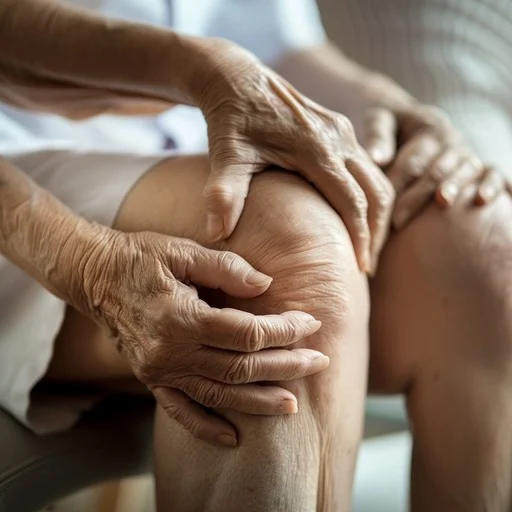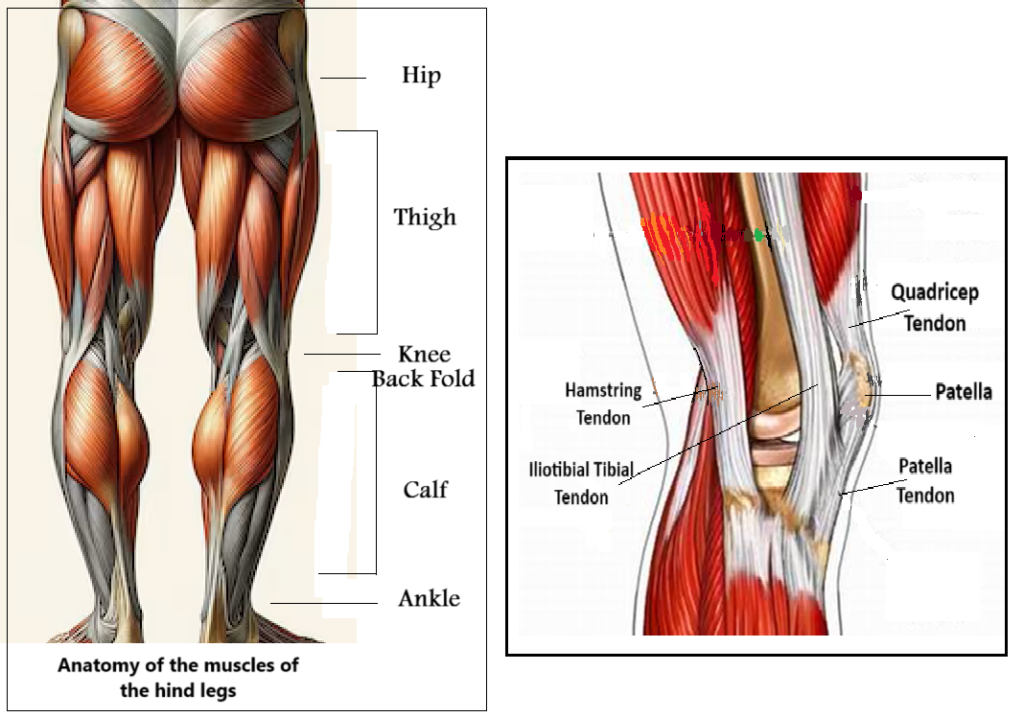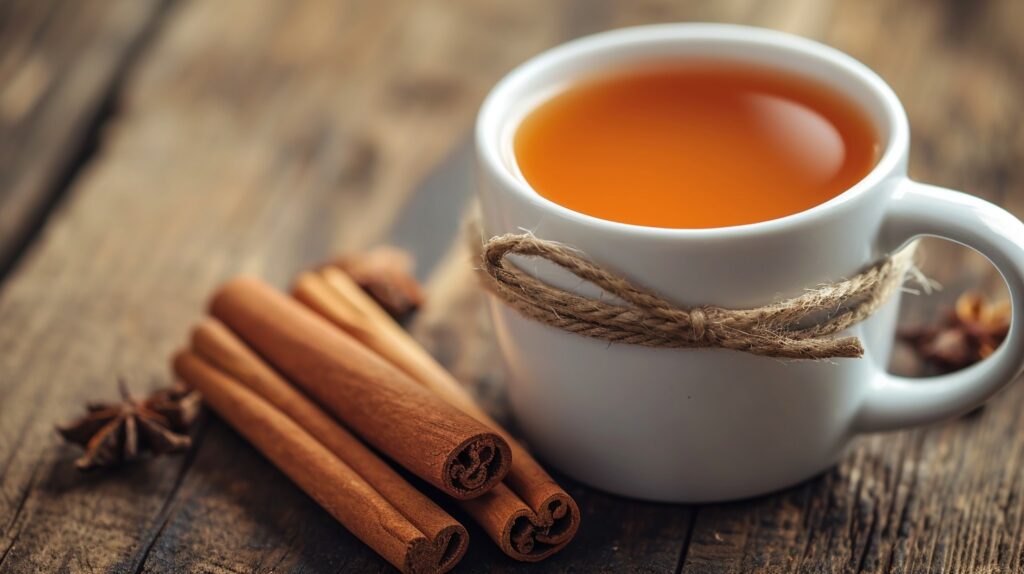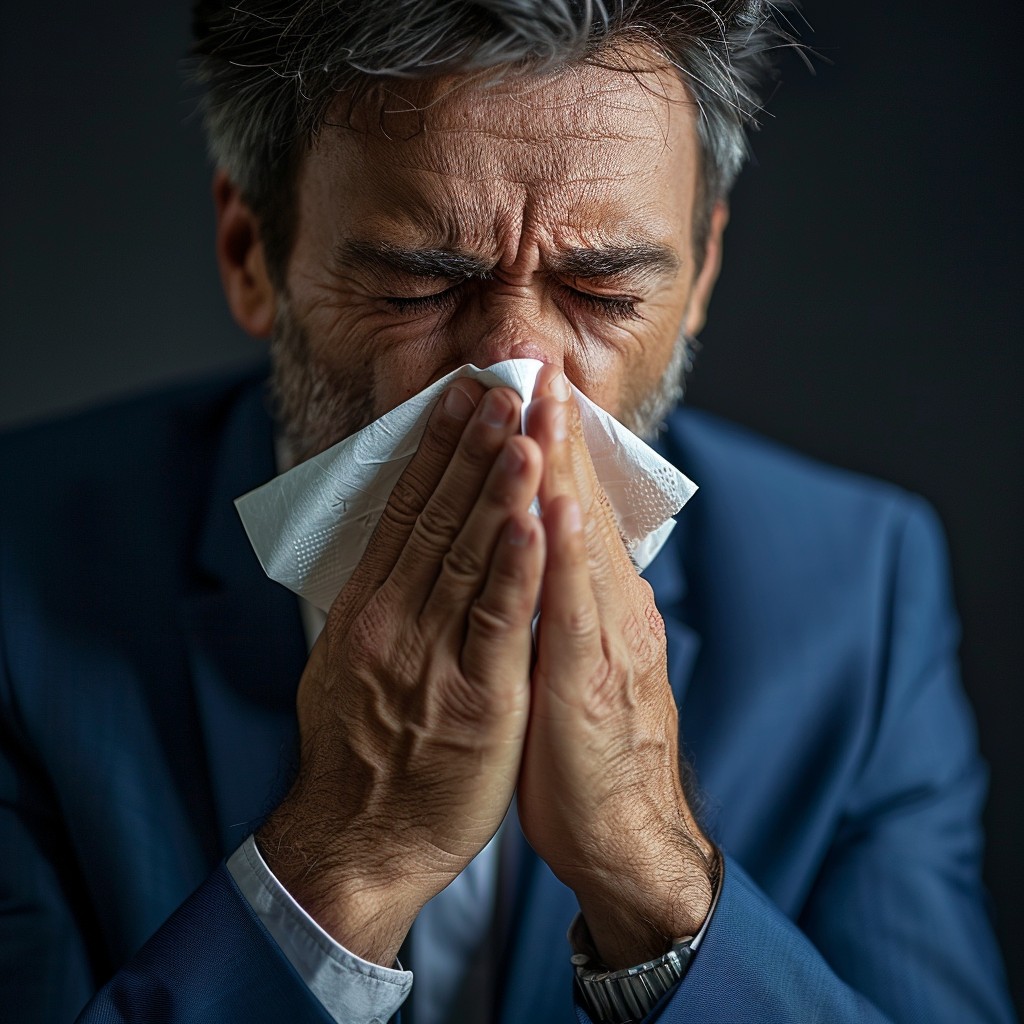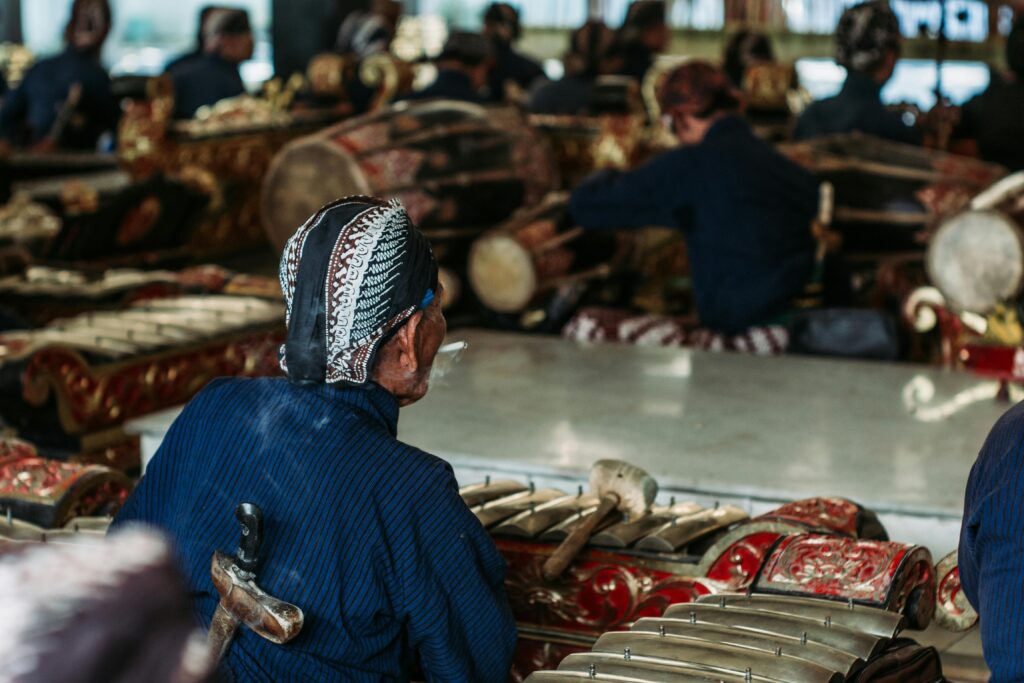The Small but Mighty Medicinal Berry
Latin Name :
Terong Pokak, also known as Turkey Berry or Pea Eggplant, is scientifically named Solanum torvum. It belongs to the Solanaceae family, which includes tomatoes, potatoes, and eggplants.

Plant Origin and Preferred Growing Habitat
Terong Pokak is native to tropical regions of South America and has since spread to Asia, Africa, and the Caribbean. It thrives in warm, humid climates and grows well in a variety of soils, including sandy and loamy soils. The plant is hardy and can tolerate drought, making it common in home gardens and wild landscapes. It grows as a shrub with thorny branches and clusters of small green fruits that resemble tiny eggplants.
Benefits as an Herbal Medicine
Terong Pokak has been widely used in traditional medicine due to its rich nutrient and antioxidant content. Some of its key health benefits include:
- Supports Immune System – The high vitamin C and antioxidant content help strengthen the body’s natural defenses.
- Improves Digestive Health – Its fiber content aids digestion and prevents constipation.
- Reduces Inflammation – Contains compounds with anti-inflammatory properties beneficial for arthritis and muscle pain relief.
- Regulates Blood Pressure – Some studies suggest that it helps in lowering high blood pressure due to its potassium content.
- Supports Blood Sugar Control – Contains bioactive compounds that may help regulate blood sugar levels.
- Promotes Healthy Liver Function – Traditionally used to detoxify and improve liver health.
How to Process Terong Pokak as Medicine
There are several ways to prepare Terong Pokak for medicinal use:
- Herbal Decoction
- The fruits are boiled with water and simmered for 10-15 minutes.
- The strained liquid is consumed warm as a natural remedy for coughs and inflammation.
- Dried Powder
- The fruits are sun-dried and ground into a fine powder.
- Mixed with warm water or honey and taken as a supplement for overall health.
- Cooked in Meals
- Terong Pokak is often included in soups, curries, or stir-fries to gain its health benefits through diet.
- Infused in Herbal Tonic
- Combined with other herbs like turmeric and ginger to create a healing tonic for detoxification and immunity.
Conclusion
Terong Pokak (Solanum torvum) is a versatile medicinal plant packed with nutrients and health benefits. Whether consumed as a decoction, powder, or as part of a meal, this small but mighty berry offers a natural way to boost immunity, support digestion, and regulate vital body functions.




